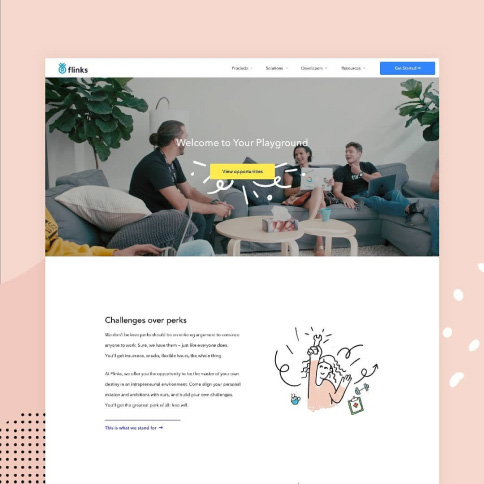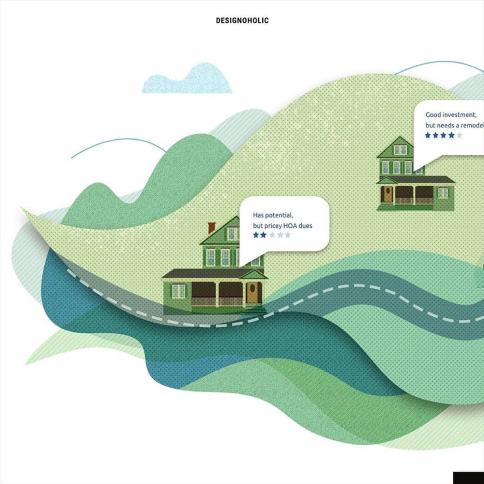
— Signs for a Rebrand in Business: 10 Clear Indicators
If you’re wondering whether it’s time for a rebrand in your business, you’re not alone. Your brand is a crucial element of your identity, and staying attuned to the Signs for a Rebrand in Business that indicate change is needed can be the key to continued success.
The importance of a strong, positive brand cannot be overstated.
So, do you need to rebrand your business? Here are seven clear indicators that your brand needs a makeover:

— Recognizing the Need for Change: 10 Signs of Rebranding
Discovering when it’s time for a significant change in your business identity? Explore the comprehensive list of the top 10 Signs for a Rebrand in Business.
Your message is unclear
You’ve recently doing a merger or acquisition.
Your brand is outdated
You’re launching a new product
Your business has changed
You need to rid off a negative reputation
Your brand need differentiate from your competitors.
You’re failing to get the right buyers
You’re struggling to raise your prices
Rebranding Your Company
— Your message is unclear
If people don’t understand what you do, a rebrand is absolutely necessary. When people visit your website, read your emails and other marketing materials, and see your logo, they should understand what you do and the market you serve.
This one can be tough because it could require starting from scratch and redefining your mission and vision as an organization. However, it’s worth the effort, as it very well could save the business.
— You’ve recently doing a merger or acquisition.
If your business has been acquired or merged with another company, a rebranding can help you assimilate into your new organization. This type of rebrand requires more heavy lifting than most because it typically involves blending two organizational structures and identifying a new hierarchy.
You’ll need to determine, for example, whether your brand will nest within the brand that acquired you (like Old Spice and P&G), or if you’ll form a dual-brand with the company you’ve merged with (like Intuit QuickBooks). In some cases, two brands fuse to create something entirely new — like when social media software companies Lithium and Spredfast joined forces to become Khoros.
— Your brand is outdated.
Some organizations may assume that once they achieve household name status, rebranding becomes unnecessary. However, this assumption couldn’t be farther from the truth when it comes to Signs for a Rebrand in Business. Over time, even the most renowned brands can become stale and fail to accurately represent the quality of their products or level of service they offer.
For instance, consider Apple. In 1997, two decades after its founding, the company faced plummeting stocks and teetered on the brink of bankruptcy. Consumers perceived the brand as dull and uninspiring. Then, Steve Jobs made a remarkable comeback. He revitalized the company with the iconic “Think different” campaign and introduced sleeker, more premium designs. This era also marked the launch of groundbreaking products like the iMac, iPod, and iPad. Thanks to this transformation, in 2018, Apple Inc. achieved the historic milestone of becoming the first company valued at over $1 trillion.
— You’re launching a new product
A new product launch or deviation to a new business model is another excellent opportunity for a rebrand. When market opportunities change, strategic objectives shift, or if you’ve developed several diverse offerings and need one unifying narrative, a rebranding can give you the fresh and cohesive identity you need.
Social media giant Facebook, for example, initially launched as a Harvard student directory called “The Facebook” and has evolved dramatically over its 15-year life span. It’s also acquired several other businesses, including Instagram, WhatsApp, Oculus and more. In 2019, the company launched umbrella organization FACEBOOK (all-caps intentional) to reintroduce itself as a suite of products rather than a single app.
— Your business has changed
Undoubtedly, this stands as one of the most compelling reasons to consider Signs for a Rebrand in Business. It often happens when you’ve ventured into new products or services, entered niche markets, expanded your horizons, or undergone significant shifts in your overall vision and objectives.
The name, logo, slogan, website, and other elements you established years ago may no longer align with your current business model, corporate culture, customer demographics, and more. They could even appear outdated. Therefore, opting for a rebrand is a strategic move to ensure that your brand reflects your present-day business identity.
— You need to rid off a negative reputation
Perhaps you were recently all over the news for a scandal. Or you gained a bad reputation because of a flawed product or poor customer service. The past is officially in the past, and the business is back on track, but customers and consumers still associate your brand with all the bad stuff.
Rebranding—and telling the world that you are a new company with a new vision—is often the best way to move forward.
— Your brand need differentiate from your competitors.
If your audience considers your brand and your competitors interchangeable, that’s a good indicator it’s time to rebrand.
For example, in the 1990s and early 2000s, Target was just another discount superstore known for selling cheap goods at low prices — synonymous with brands like K-Mart and Walmart. To set the brand apart, the company began selling affordable lines by well-known designers like Mossimo Giannulli and Isaac Mizrahi.
The company also refreshed its logo, store designs, and ad campaigns to target hipper, more style-conscious shoppers. Today, Target is the second-largest discount retailer and has amassed a cult-like following among Millennials. Meanwhile, it’s former competitor, K-Mart has endured two bankruptcies and closed most of its stores.
— You’re failing to get the right buyers.
In some cases, your brand may not resonate with the buyers you want. This often happens to companies expanding into new regions or territories, or national organizations seeking to go global. But a rebrand can help you appeal to a broader audience. For example, in 2015, healthcare provider North Shore-LIJ Health Systems wanted to expand outside the Long Island area into New York City and become a nationally recognized name. The organization rebranded as Northwell Health and replaced its simple, generic blue logo with an eye-catching and colorful logo. Today it’s the largest healthcare provider and private employer in the state — largely thanks to its impressive rebrand.
— You’re struggling to raise your prices
If the market price for your products or services seems hopelessly fixed, despite the rising costs of materials, a rebrand can be an effective way to break free.
Because brands ultimately boil down to customer perception, the value of your offerings is entrenched in the minds of those you serve. Rebranding gives you the power to redefine the value customers place on your offerings—and raise your asking price accordingly.
Time and again, research has shown that strong brands are more profitable, build more equity, and sell at higher multiples. That’s because strong brands are more than just sleek logos and clever taglines. They have significantly more pricing power than weaker competitors.
One telltale sign of when to rebrand is that you’re struggling to raise your prices. The pricing power that strong brands command helps them dominate their respective markets, revitalize underperforming assets, and insulate against competitive threats. Pricing power drives growth like few other market factors.
— Rebranding Your Company
A rebranding isn’t something your company can do in a week or even a month. In most cases, a thorough rebranding takes at least a quarter or two — but the results are well worth the investment. By overhauling your brand, you can prepare your organization for its next and most successful chapter yet.
Latest insights, stories, and news
from Designoholic









